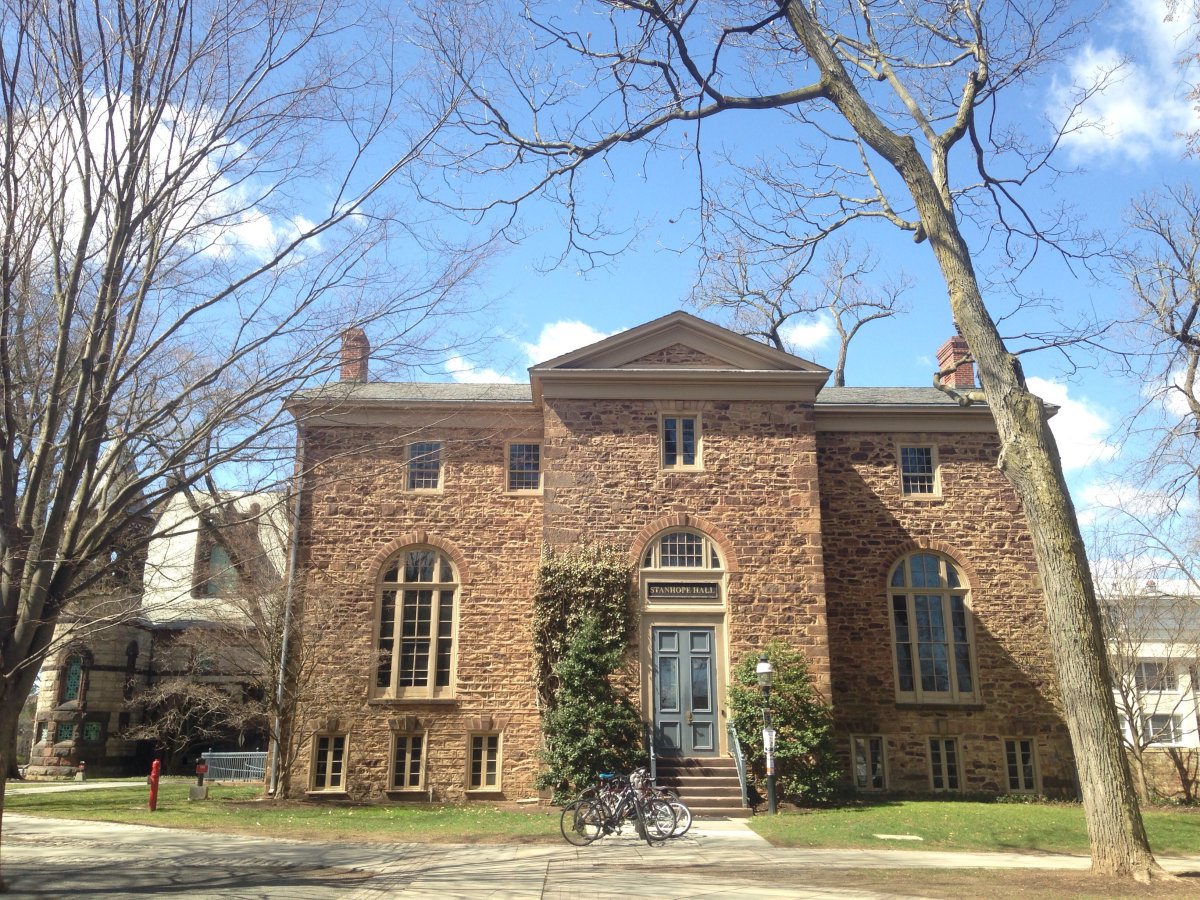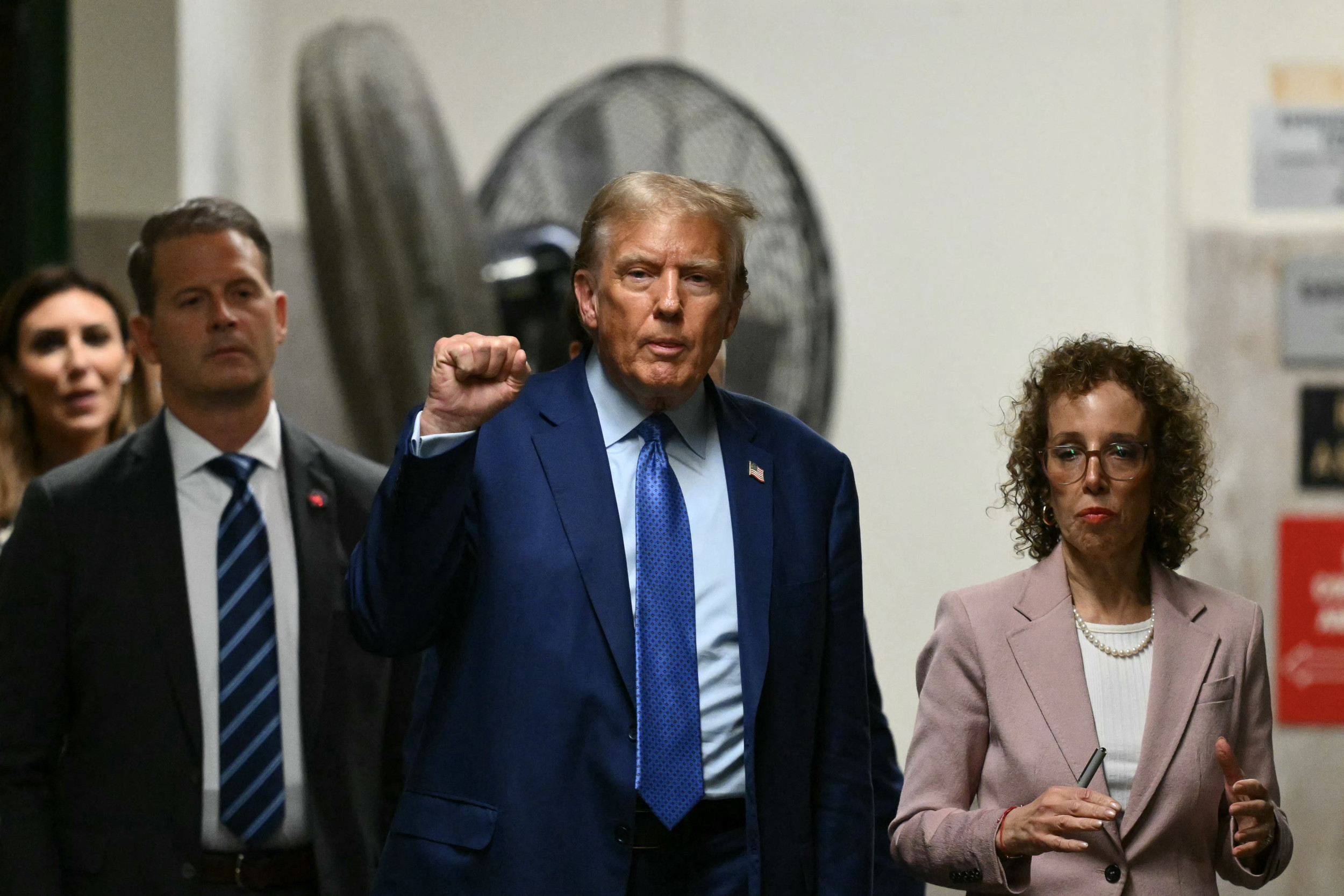In his most recent letter addressed to the Princeton community, our president, Christopher Eisgruber '83, uses the terms "racism," "structural racism" and "racial justice" at least 15 times to describe both American society as a whole and Princeton University in particular. By contrast, "academic freedom" and "academic excellence," once the hallmarks of this and every other major U.S. educational institution, barely register: The first appears once as an afterthought, or rather as an excuse for not having done enough to promote diversity and inclusion, while the second is nowhere to be found.
The letter is the first response by the president to the 48 race-related demands contained in the now-infamous "Faculty Letter" of July 4th. Though he does not accede to many of the most egregious demands, what the president writes is a major betrayal of the University over which he presides. By yielding to the manifest falsehood that Princeton is a racist institution, he makes it impossible for him to defend Princeton's values; for racism is, as we all know, no simple blemish on our reputation, but rather the cardinal sin of our times, requiring a major overhaul of the University in which both academic freedom and the quest for excellence will have to be sacrificed.
How did we get here? In the usual definition of the word, Princeton is not in the least racist. Most people know this. Certainly the president does, and I suspect most of the signatories of the July 4th letter do as well. It is true, as the president reminds us, that Princeton was in the past closed to women and various minority groups, such as Blacks, Jews and Catholics. What he does not say is that prejudice and exclusion were the norm at all major institutions of higher learning everywhere in the world. He also fails to point out that what is truly remarkable about Princeton and many other American universities is an extraordinary modern story of redemption.
Take Jews, who were once among the most excluded religious and ethnic groups the world over. In 1920, an unofficial quota artificially limited Jewish enrollment at Princeton to 3 percent—far lower than the quotas at other Ivy League institutions (at Harvard, it was 25 percent). In the 1930s, however, Princeton took the national lead in welcoming Jewish and other refugee scientists from Nazi Europe. The presence of Einstein, Gödel, von Neumann, Wigner, Lefschetz, Weyl and many others put Princeton, New Jersey at the pinnacle of worldwide research in the mathematical sciences. Both informal and explicit quotas were dropped in the 1960s, which has led to an unprecedented flourishing of Jews at Princeton and other U.S. campuses.
More recently, though, the percentage of academically over-performing Jews has dropped everywhere in the U.S., and we are seeing instead the phenomenon of over-performing people of Asian origin. Asian-Americans currently represent 25 percent of the student body, though they make up only 5.6 percent of the total population. In fact, 25 percent looks low when we compare the situation at some other leading universities: At Caltech, for example, it is 43 percent. The reason for the over-representation of Jews and Asians is a consequence of one factor: the understanding, reached progressively through the 20th century, that to promote excellence in research and teaching, major American universities have to develop policies that are blind to considerations of race, ethnicity, religion, sex, socio-economic class and any other factor not relevant to intellectual achievement. This was an extraordinary experiment that proved conclusively that academic excellence and fairness go perfectly well together.
It is this approach that allowed me, a young refugee from Romania, to pursue my dream to become a research mathematician in the U.S. and achieve success beyond all my expectations. My story is no different from the story of countless other young students from all corners of the world, attracted by the reputation of American academic institutions for their unmatched openness and unique disposition and ability to reward hard work and talent.
The problem with this approach, as has now become painfully clear, is that over-representation of certain groups necessarily implies under-representation of others. This is certainly a problem, but not one of racism; rather, it stems from the opposite of racism—namely, a policy that rewards people based on their individual achievements and promise of future achievement, and not by the color of their skin or their ethnic or socioeconomic background.
Unfortunately, this obvious inequality of outcome has become a major target for ideological zealots equipped with the rhetorical weapons of a variety of neo-Marxist "critical theories," who are determined to delegitimize our institutions.

Unable to identify specific cases of racism, these warriors for social injustice are advancing their agenda by claiming instead that all American institutions, including Princeton, are structurally and systemically racist ("SSR"). That is to say, that they are racist even as they manifestly do everything imaginable to promote under-represented groups. Princeton, for example, has had for years an extraordinarily large number of administrators (by some counts, over 65) dedicated to promoting diversity and inclusion.
The SSR accusation is advanced in the name of "critical race theory," an academic construct based on an odious obsession with race, identity politics and intersectionality that is intent on unearthing allegedly previously hidden forms of oppression, fomenting grievances and creating new and dangerous divisions. Critical race theory is opposed to the type of color-blindness envisioned by Dr. Martin Luther King Jr., rejects the principle of judging people based on achievement and promise, and is hostile to academic freedom—all of which are critical ingredients at the heart of the mission of the modern university.
Those who accuse Princeton of SSR justify their claim by pointing to discrepancies of outcome, independent of intent. As cure for the alleged problem, they advance bureaucratic solutions, such as formal or informal quotas, mandatory sensitivity training, core distribution requirements focused on racism and even thought police committees to investigate and discipline racist behavior. If implemented, these would not only be in opposition to the academic excellence the president (sometimes) says he wishes to uphold and incompatible with academic freedom, but also utterly unfair. For those like me who were educated in communist regimes, all this brings in painful memories of indoctrination and forced re-education, as well as their abject failure to produce anything but widespread hypocrisy and repressed conformity.
Among the measures the president proposes is to "assemble a faculty that more closely reflects both the diverse make-up of the students we educate and the national pool of candidates." So we must ask: Are there "too many Jews?" "Too many Asians?" Members of which groups, exactly, must give up seats they earned on merit for members of the "under-represented" groups to take them? Is anyone seriously prepared to claim that the "over-representation" of, say, Jews and Asians on the Princeton faculty is the result of prejudice at Princeton in favor of Jews and Asians? Did Jewish and Asian members of the Princeton faculty gain their positions on the basis of racial or religious favoritism? Moreover, which under-represented groups should we take into account? One can justifiably argue that the nation and the University do owe descendants of slaves and Native Americans special attention, due to our past history, but what about all other minority groups?
The ultimate logic of measuring racism by discrepancies of outcome implies that all types of groups, whether based on race, ethnicity, sex, sexual preferences etc., should be equally represented at Princeton in all activities of the University, academic and nonacademic, according to their proportion in the population. How many more diversity and inclusion administrators will be needed to carry this out? Should Princeton, for example, make serious outreach efforts to bring more Asian football or baseball players on campus in the name of proportional equity? And what about the rest of the world? Since Princeton claims to be strongly opposed to nativist policies, should we also extend these equality of outcome principles beyond our borders? Has anybody in the leadership of Princeton thought through the full scope and consequences of such an enterprise?
Finally, it needs to be stressed that in the name of diversity and inclusion Princeton has already made huge efforts to remedy under-representations by bureaucratic means, with the net result of more division and less tolerance for diverse points of view. With all the obvious intention of the President to meet the demands of the July 4 letter halfway, nothing will satisfy the so-called "social justice warriors" who wrote it but full proportional representation for their preferred groups in all aspects of university life. This, of course, could only come at the expense of the groups that are "over-represented" today. For instance, will Asian-Americans concede to lower their representation from over 25 percent to 5.6 percent? Can the president perform magic by producing equality of outcome, keeping peace and maintaining excellence at the same time?
Count me a skeptic. With his yielding to the falsehood that Princeton is systemically racist, President Eisgruber has unwittingly opened a Pandora's box of problems for the university he leads.
Sergiu Klainerman is professor of mathematics at Princeton University.
The views expressed in this article are the writer's own.
Correction: The name "Weyl" was misspelled as "Weil" in an earlier version of this article.
Uncommon Knowledge
Newsweek is committed to challenging conventional wisdom and finding connections in the search for common ground.
Newsweek is committed to challenging conventional wisdom and finding connections in the search for common ground.
About the writer
To read how Newsweek uses AI as a newsroom tool, Click here.






